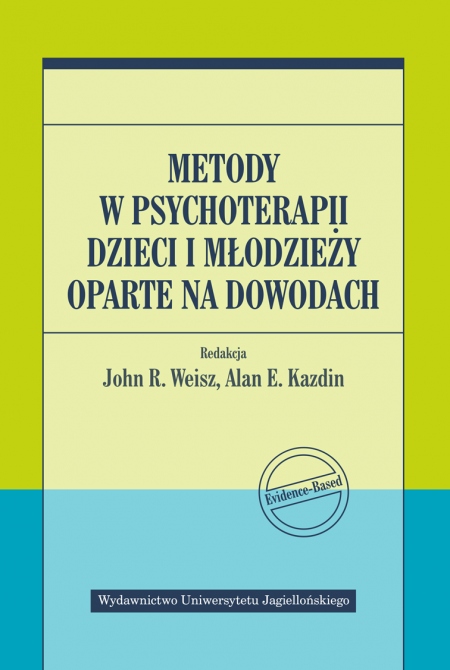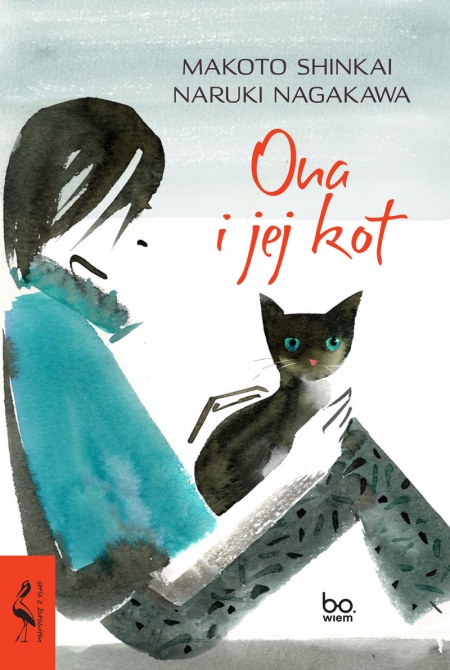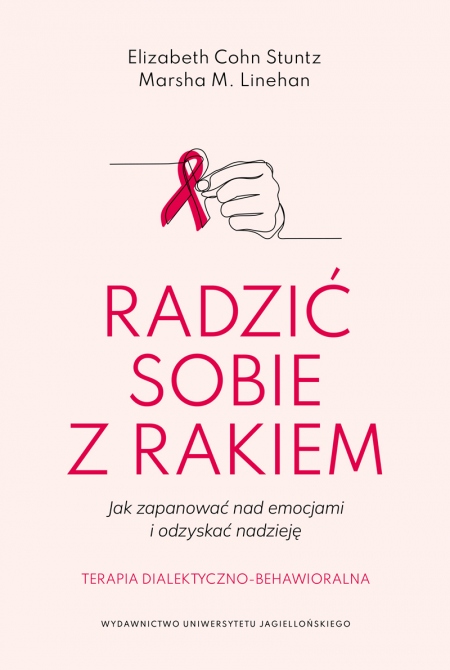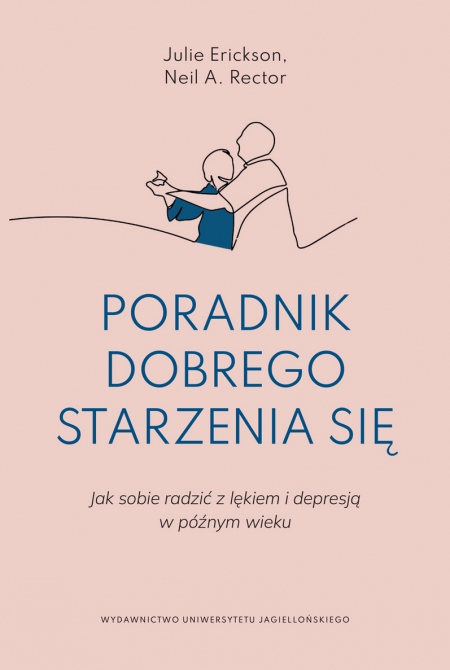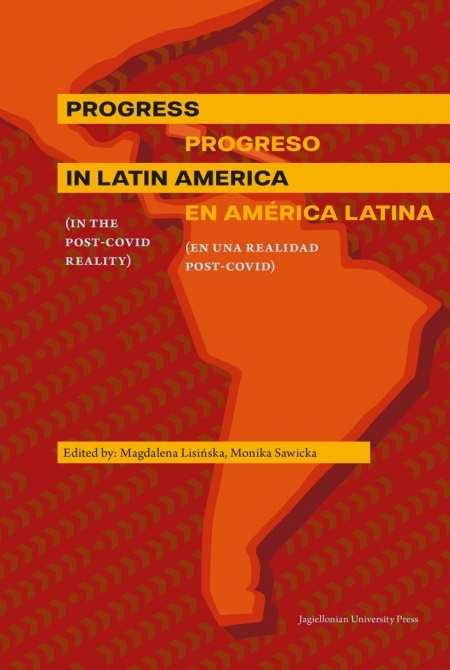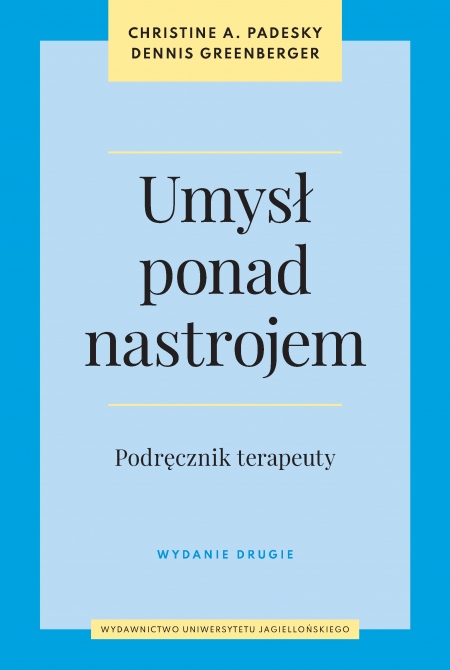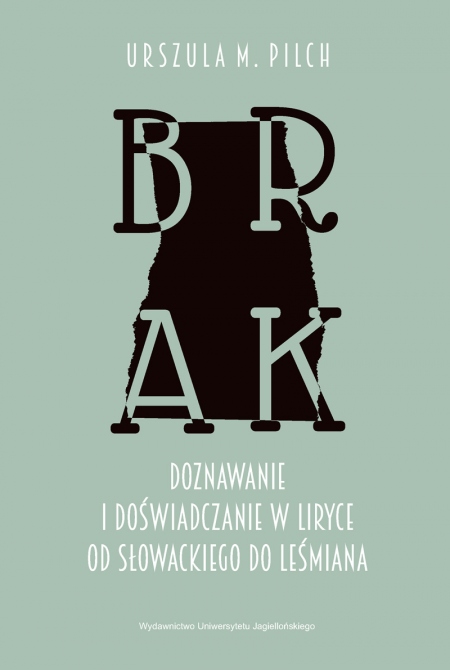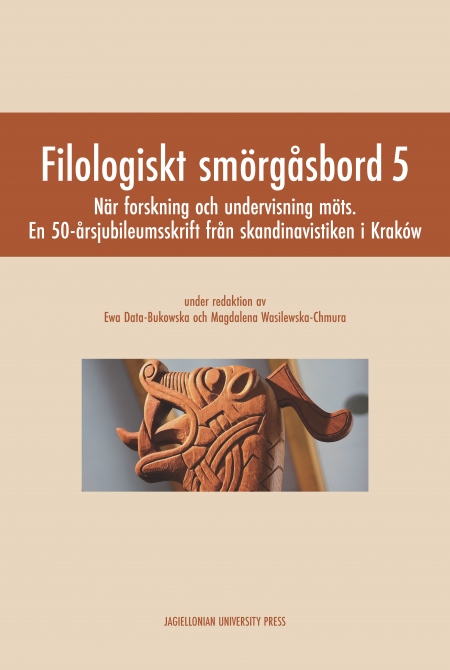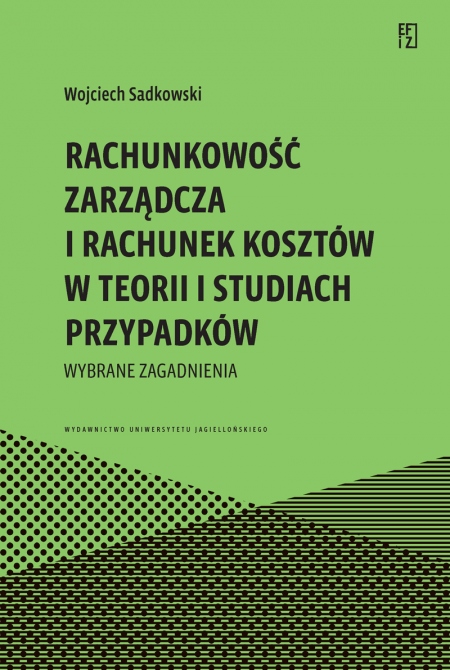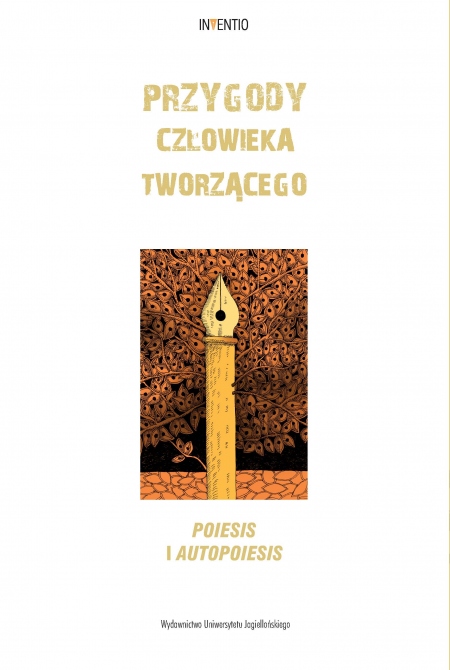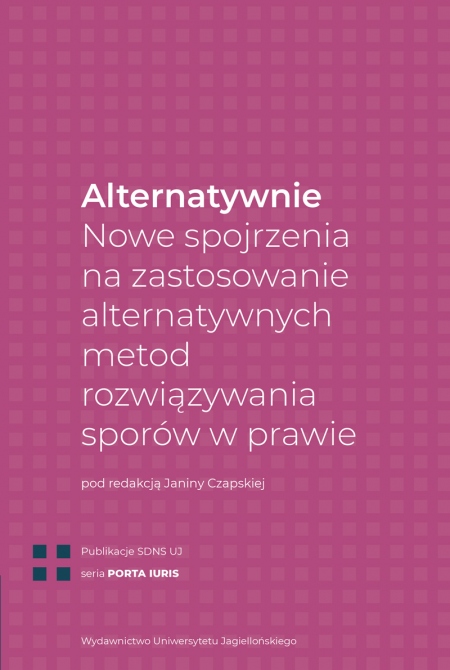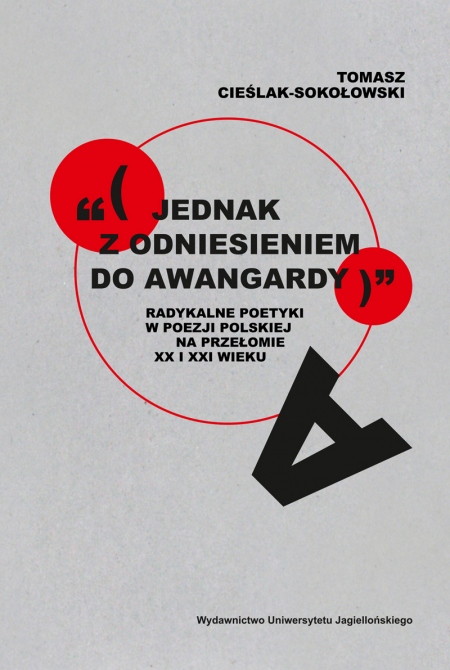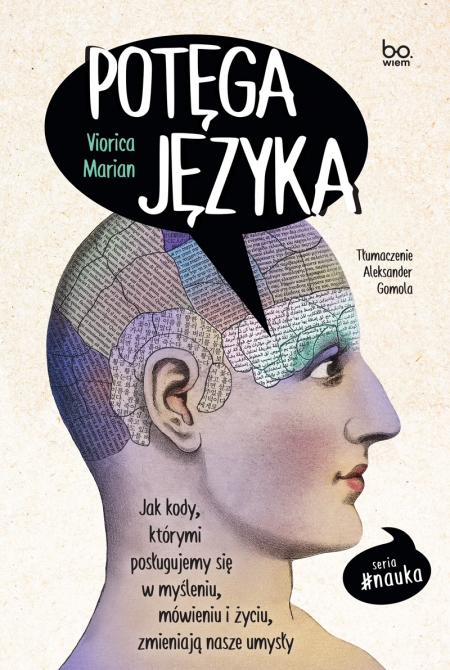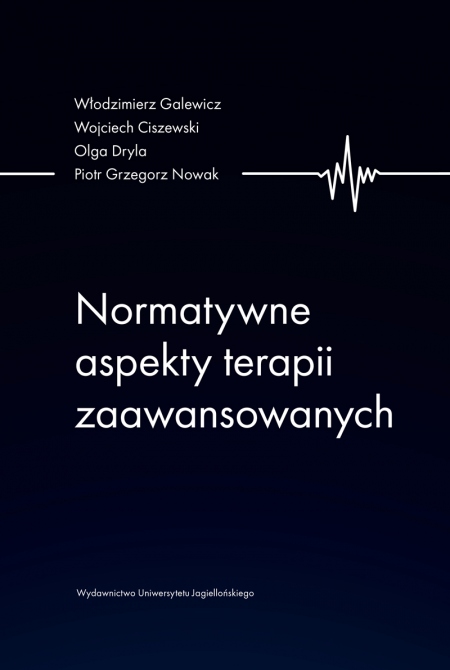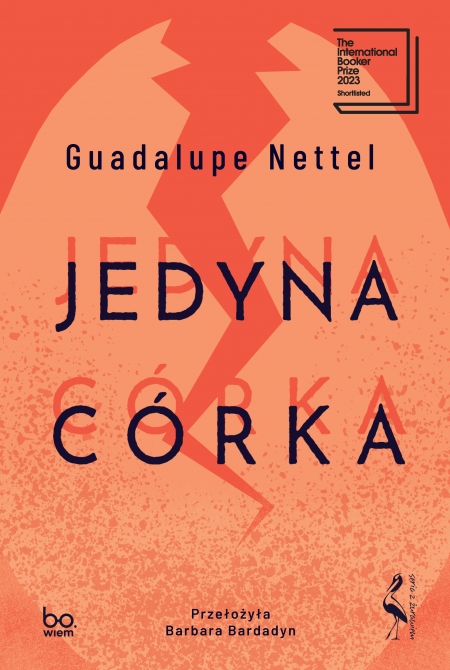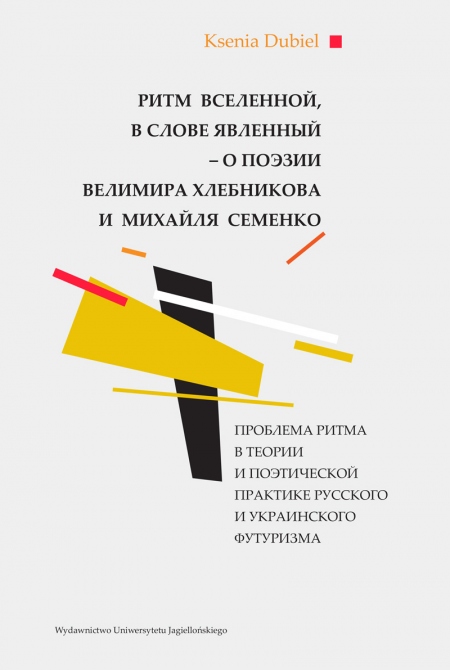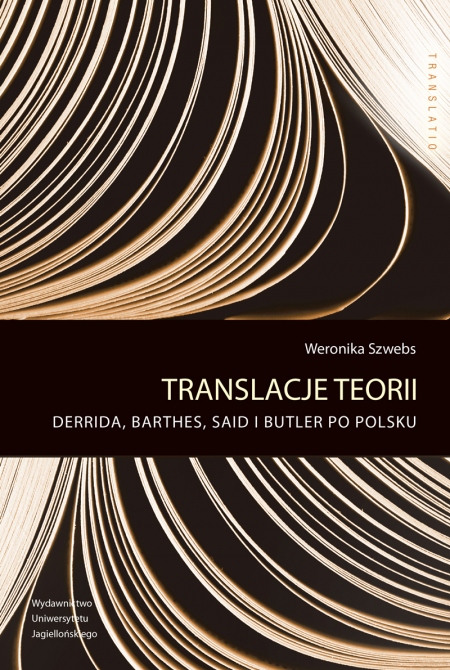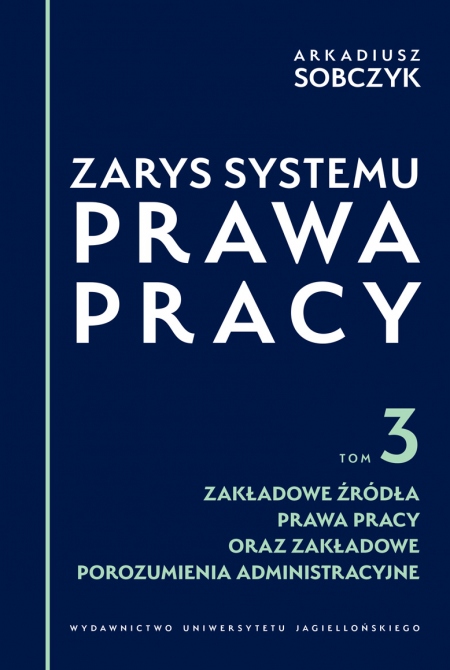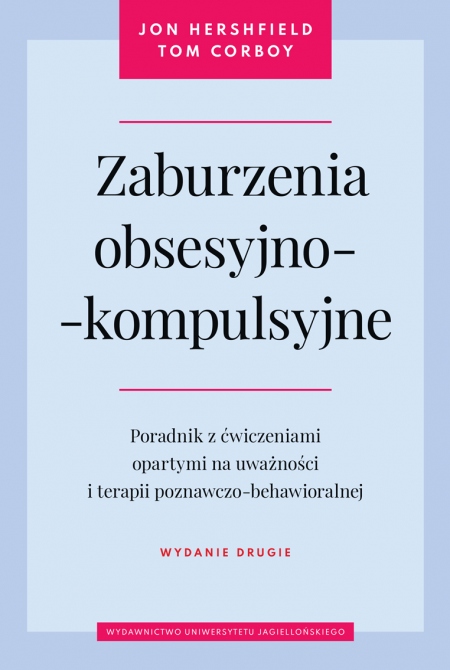Genres Rediscovered
Studies in Latin Miniature Epic, Love Elegy, and Epigram of the Romano-Barbaric Age
Liczba stron: 292
Format: B5
Rok wydania: 2011
Data premiery: 08.03.2011
Opis książki
A reader of the epyllion by Dracontius, the elegy by Maximianus, and the epigram by Luxorius should not expect that these works – and these new embodiments of the ‘old’ genres – will be wholly identical with their ‘archetypes’. Were it so, it would mean that we read but second-rate versifiers, indeed. … We may expect rather that thanks to the reading of Dracontius’s epyllion, Maximianus’s elegy, and Luxorius’s epigram our understanding of these very genres may become fuller and deeper than if it was narrowed only to the study of the ‘classical phase’ of the Roman literature.
Therefore, I have decided to employ in the title of my book the expression genres rediscovered. I have found it fair to emphasize that the poets whose works have been studied here merit appreciation for their creativity, and indeed courage, in reusing and reinterpreting the classical – and truly classic – literary heritage. In addition, I have found it similarly fair to stress that for the students of Latin literature the borderline between the ‘classical’ and the ‘post-classical’ is, and should be, flexible. It is not my intention of course to imply that aesthetic and poetological differences should be ignored or blurred. Quite the reverse, these differences are profound and multidimensional and as such must be properly understood and explained. The main issue is the fact that studies of Latin literature – or rather of literature in general – and especially generic studies require a proper, i.e. diachronic, perspective. A description of a certain genre based merely on its most important or generally known representative/representatives will always risk becoming incomplete and limited. In genology, one must be utterly prudent in defining the ‘main’ and the ‘marginal’, the ‘relevant’ and the ‘negligible’. In this sense, an insight into a few genres practiced by some ‘classical’ – and classic – Roman poets from the perspective of their ‘post-classical’ followers may be, also for a genologist, an intriguing rediscovery.
From Introduction
Therefore, I have decided to employ in the title of my book the expression genres rediscovered. I have found it fair to emphasize that the poets whose works have been studied here merit appreciation for their creativity, and indeed courage, in reusing and reinterpreting the classical – and truly classic – literary heritage. In addition, I have found it similarly fair to stress that for the students of Latin literature the borderline between the ‘classical’ and the ‘post-classical’ is, and should be, flexible. It is not my intention of course to imply that aesthetic and poetological differences should be ignored or blurred. Quite the reverse, these differences are profound and multidimensional and as such must be properly understood and explained. The main issue is the fact that studies of Latin literature – or rather of literature in general – and especially generic studies require a proper, i.e. diachronic, perspective. A description of a certain genre based merely on its most important or generally known representative/representatives will always risk becoming incomplete and limited. In genology, one must be utterly prudent in defining the ‘main’ and the ‘marginal’, the ‘relevant’ and the ‘negligible’. In this sense, an insight into a few genres practiced by some ‘classical’ – and classic – Roman poets from the perspective of their ‘post-classical’ followers may be, also for a genologist, an intriguing rediscovery.
From Conclusion
Język publikacji
Angielski/English
Autorzy
Anna Maria Wasyl
ISBN: 978-83-233-3089-9
e-ISBN (pdf): 978-83-233-8068-9
Kraj pochodzenia producenta: Polska
POLECANE KSIĄŻKI
105,00
zł
84,00
zł
NOWOŚCI
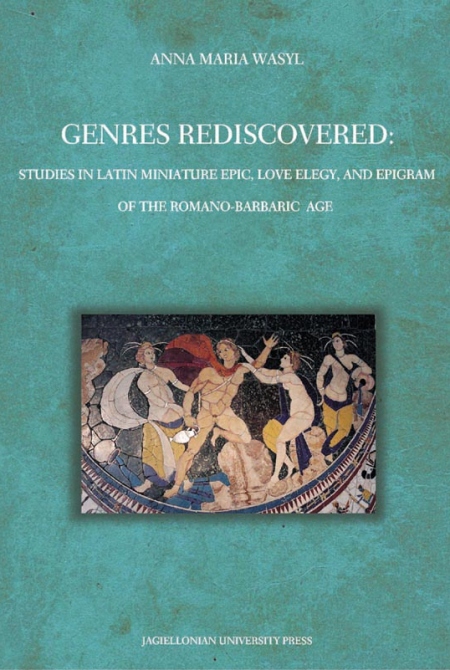
Genres Rediscovered
Studies in Latin Miniature Epic, Love Elegy, and Epigram of the Romano-Barbaric Age
SPIS TREŚCI
Spis treści / Contents
Introduction 7
PART ONE. The Miniature Epic in Vandal Africa and the Heritage of a ‘Non-Genre’
Bibliography 257
Index of Ancient and Medieval Authors and Works 289
Introduction 7
PART ONE. The Miniature Epic in Vandal Africa and the Heritage of a ‘Non-Genre’
I. 1. Defining the (Latin) epyllion: some recapitulations 13PART TWO. The Elegy without Love: Maximianus and His Opus
I. 2. La narrazione commentata: the narrator’s presence in Dracontius’s epyllia 29
I. 2. 1. Hylas 31I. 3. Dracontius and the poetics of ‘non-Homeric’ epic 49
I. 2. 2. De raptu Helenae 31
I. 2. 3. Medea 39
I. 2. 4. Orestis Tragoedia 42
I. 3. 1. Hylas 50I. 4. ‘Mixing of genres’ in Dracontius’s epyllia 75
I. 3. 2. De raptu Helenae 52
I. 3. 3. Medea 59
I. 3. 4. Orestis Tragoedia 65
I. 4. 1. Hylas 76I. 5. Dracontius’s epyllia: final remarks 98
I. 4. 2. De raptu Helenae 79
I. 4. 3. Medea 85
I. 4. 4. Orestis Tragoedia 91
I. 6. The Aegritudo Perdicae and the epyllion tradition 100
II. 1. The supposed liber elegiarum or how to make Maximianus readable as an elegiac poet? 113PART THREE. Th e Roman Epigram in the Romano-Barbaric World
II. 2. Th e polyphony of lament: themes and forms in ‘Elegy’ 1120
II. 3. Love memories in episodes: ‘Elegies’ 2-5 136
II. 3. 1. ‘Elegy’ 2: Lycoris 136II. 4. Maximianus’s elegy: fi nal remarks 159
II. 3. 2. ‘Elegy’ 3: Aquilina 139
II. 3. 3. ‘Elegy’ 4: Candida 145
II. 3. 4. ‘Elegy’ 5: Graia puella 149
II. 3. 5. And yet non omnis moriar: the coda (or ‘Elegy’ 6) 158
III. 1. Martial and the defi nition of the Roman epigram 165Conclusion253
III. 2. “Th e Martial of the Vandals:” Luxorius, the follower and the innovator 170
III. 2. 1. The dull epigrammatist and his not too learned public: Luxorius’s self-presentation 170III. 3. Luxorius and his contemporary epigrammatic writing 219
III. 2. 2. The liber epigrammaton and its characteristics 187
III. 2. 3. Th e poems: an overview 192
III. 2. 3. 1. Scoptic epigrams 192III. 2. 4. Luxorius’s epigrams: final remarks 216
III. 2. 3. 2. Epideictic and ecphrastic epigrams 205
III. 2. 3. 3. Laudationes and epitaphia214
III. 3. 1. Unius poetae sylloge 219III. 3. 2. 2. Notes on selected poems 244
III. 3. 1. 1. The sylloge and its characteristics 219III. 3. 2. Ennodius and his epigrams 237
III. 3. 1. 2. The poems: an overview 224
III. 3. 2. 1. Jacques Sirmond’s edition or was Ennodius a self-conscious epigrammatist? 237
Bibliography 257
Index of Ancient and Medieval Authors and Works 289
Genres Rediscovered
Studies in Latin Miniature Epic, Love Elegy, and Epigram of the Romano-Barbaric Age
SPIS TREŚCI
Spis treści / Contents
Introduction 7
PART ONE. The Miniature Epic in Vandal Africa and the Heritage of a ‘Non-Genre’
Bibliography 257
Index of Ancient and Medieval Authors and Works 289
Introduction 7
PART ONE. The Miniature Epic in Vandal Africa and the Heritage of a ‘Non-Genre’
I. 1. Defining the (Latin) epyllion: some recapitulations 13PART TWO. The Elegy without Love: Maximianus and His Opus
I. 2. La narrazione commentata: the narrator’s presence in Dracontius’s epyllia 29
I. 2. 1. Hylas 31I. 3. Dracontius and the poetics of ‘non-Homeric’ epic 49
I. 2. 2. De raptu Helenae 31
I. 2. 3. Medea 39
I. 2. 4. Orestis Tragoedia 42
I. 3. 1. Hylas 50I. 4. ‘Mixing of genres’ in Dracontius’s epyllia 75
I. 3. 2. De raptu Helenae 52
I. 3. 3. Medea 59
I. 3. 4. Orestis Tragoedia 65
I. 4. 1. Hylas 76I. 5. Dracontius’s epyllia: final remarks 98
I. 4. 2. De raptu Helenae 79
I. 4. 3. Medea 85
I. 4. 4. Orestis Tragoedia 91
I. 6. The Aegritudo Perdicae and the epyllion tradition 100
II. 1. The supposed liber elegiarum or how to make Maximianus readable as an elegiac poet? 113PART THREE. Th e Roman Epigram in the Romano-Barbaric World
II. 2. Th e polyphony of lament: themes and forms in ‘Elegy’ 1120
II. 3. Love memories in episodes: ‘Elegies’ 2-5 136
II. 3. 1. ‘Elegy’ 2: Lycoris 136II. 4. Maximianus’s elegy: fi nal remarks 159
II. 3. 2. ‘Elegy’ 3: Aquilina 139
II. 3. 3. ‘Elegy’ 4: Candida 145
II. 3. 4. ‘Elegy’ 5: Graia puella 149
II. 3. 5. And yet non omnis moriar: the coda (or ‘Elegy’ 6) 158
III. 1. Martial and the defi nition of the Roman epigram 165Conclusion253
III. 2. “Th e Martial of the Vandals:” Luxorius, the follower and the innovator 170
III. 2. 1. The dull epigrammatist and his not too learned public: Luxorius’s self-presentation 170III. 3. Luxorius and his contemporary epigrammatic writing 219
III. 2. 2. The liber epigrammaton and its characteristics 187
III. 2. 3. Th e poems: an overview 192
III. 2. 3. 1. Scoptic epigrams 192III. 2. 4. Luxorius’s epigrams: final remarks 216
III. 2. 3. 2. Epideictic and ecphrastic epigrams 205
III. 2. 3. 3. Laudationes and epitaphia214
III. 3. 1. Unius poetae sylloge 219III. 3. 2. 2. Notes on selected poems 244
III. 3. 1. 1. The sylloge and its characteristics 219III. 3. 2. Ennodius and his epigrams 237
III. 3. 1. 2. The poems: an overview 224
III. 3. 2. 1. Jacques Sirmond’s edition or was Ennodius a self-conscious epigrammatist? 237
Bibliography 257
Index of Ancient and Medieval Authors and Works 289
Wybierz rozdziały:
Wartość zamówienia:
0.00 zł

